by Robert F. Dorr
When she went to the bottom of the sea at the height of the greatest naval battle in history, the USS Gambier Bay (CVE 73) became a legend for heroism and as the only U.S. aircraft carrier ever sunk by naval gunfire.
[text_ad]
The Gambier Bay was an escort, or “Jeep” carrier, launched in 1943. She fought in Pacific battles at Saipan and Titian. When Allied troops landed at Leyte Gulf, the U.S. Seventh Fleet under Vice Adm. Thomas C. Kincaid clashed with several Japanese task forces in the Battle of Leyte Gulf, October 17-25, 1944. On the final day, off Samar south of the invasion beaches, Kincaid’s “Taffy 3” (Task Force 77.4) ran headlong into a force of Japanese battleships and cruisers, which included the Yamato, the largest battleship ever built and equipped with 18.1-inch guns.
Gambier Bay carried Composite Squadron 10, or VC-10, in its small complement of aircraft. The squadron was equipped with Grumman TBM-1C Avenger torpedo bombers and Grumman FM-2 Wildcat fighters. “That day began as routinely as any day can begin in the middle of a giant naval battle,” remembered former Signalman Third Class Edward Don Heric, 78, of Maria Stein, Ohio, in a telephone interview. “We were called to general quarters at 4 am, as we were every day. We stood down, and I was getting my breakfast when general quarters sounded again.”
Heric scrambled to his duty station, the highest point on the ship, the tiny perch on a tower atop the carrier’s island. His job was to operate the 24-inch carbon arc signal light. There was one other sailor with him. With aircraft launching in a rain squall and shells impacting in the water nearby, Heric saw the masts of the Japanese ships to the north, the ships of Taffy 3 all around him, and three U.S. destroyers from a separate component, Taffy 2, approaching from the south.
To confirm that the destroyers to the south were friendly, he used the signal light to exchange the recognition signal for the day. Then, directed by Gambier Bay’s skipper, Captain (later Rear Adm.) Walter Vieweg, Heric sent the signal: ‘WE ARE UNDER ATTACK. PLEASE HELP.” The destroyers went in the other direction. Heric said that the last two words of his message, which he remembers clearly, appear in none of the official records of the Samar battle.
“I Didn’t Smoke, but I was Happy to Accept That One…”
Former Seaman First Class Charles G. Heinl, 76, also of Maria Stein, was a plane spotter on Gambier Bay’s flight deck. “One of the aircrewmen leaving the ship in a TBM-1C told me, ‘They are shooting at us in Technicolor—coral, lemon and lime.’ The dye-colored splashes were an aiming method for them since they did not have radar-controlled weapons.”
While planes from the escort carriers engaged the foe, Vieweg attempted to save the Gambier Bay by turning repeatedly into the direction from which salvoes of gunfire were coming. The rain squall went away, making Vieweg’s escort carrier a highly visible target. With the Japanese closing constantly, Gambier Bay dodged shellfire for more than a half-hour.
Lieutenant Commander (later Captain) Edward Huxtable, commander of VC-10, launched in a TBM-1C with no ammunition or torpedoes, and became the on-scene commander of the carrier planes striking the Japanese ships. Dozens of war planes from the escort carriers swarmed around the Japanese warships, inflicting damage and drawing fire.
At 8:10 am, after firing at the Gambier Bay for one hour and 11 minutes, the Yamato finally scored her first hits on the aft end of the flight deck and hangar deck. The Japanese cruiser Chikuma closed to within 2,000 yards and pumped 8-inch shells into Gambier Bay’s thin hull.
At 8:45, Gambier Bay was dead in the water. The order to abandon ship came five minutes later. Most sailors never heard it, but simply leaped into the sea when they saw others doing so. Some Gambier Bay sailors drowned, while some succumbed to shark attack. Many were in life rafts for up to 45 hours. Of 849 men aboard the carrier, 727, or 85 percent, lived through what was probably the most unequal battle between two ships ever, the tiny, thin-hulled baby carrier was sunk by the world’s largest battleship.
Heric remembers Kincaid greeting survivors aboard his flagship, USS Wasatch (AGC 9). Kincaid kept five lit cigarettes in his mouth at a time, and handed one to each rescued sailor as he came aboard. “I didn’t smoke, but I was happy to accept that one,” Heric said. The only time she ever fired her guns in anger, Japan’s mighty Yamato unleashed an incredible 104 rounds from her 18.1-inch guns before being forced to break off the engagement.
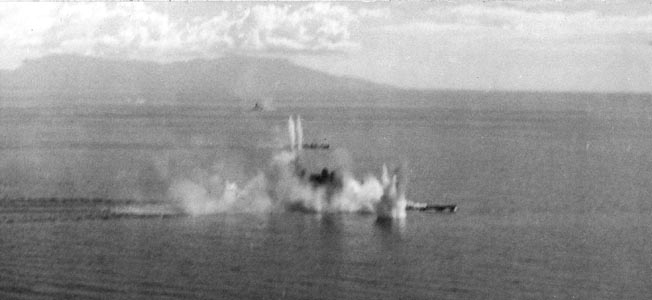
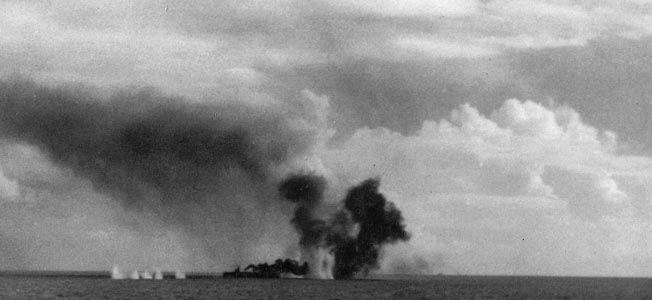
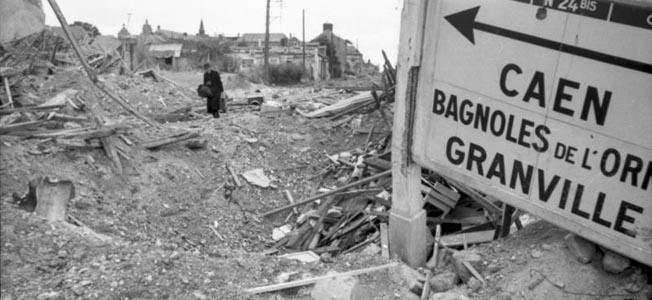
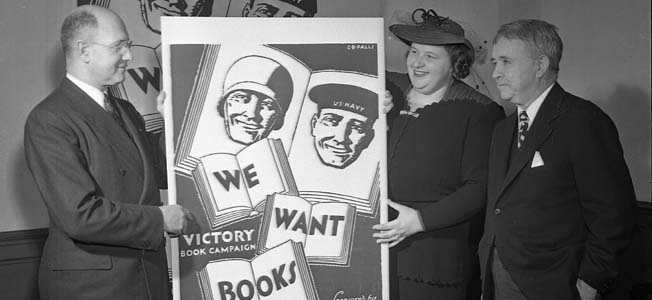
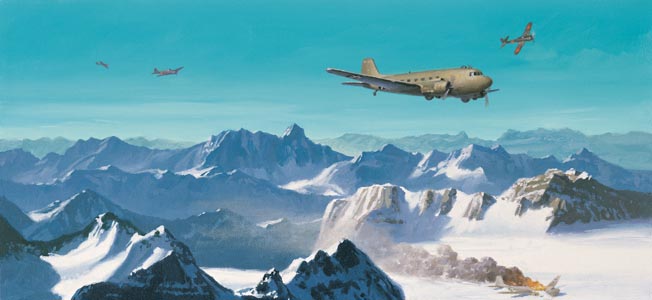
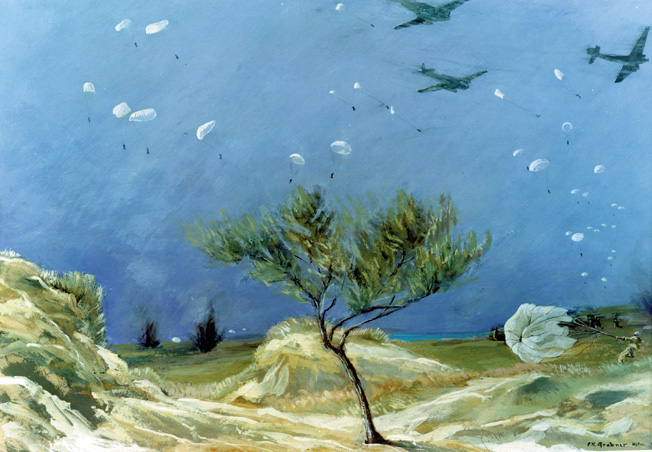
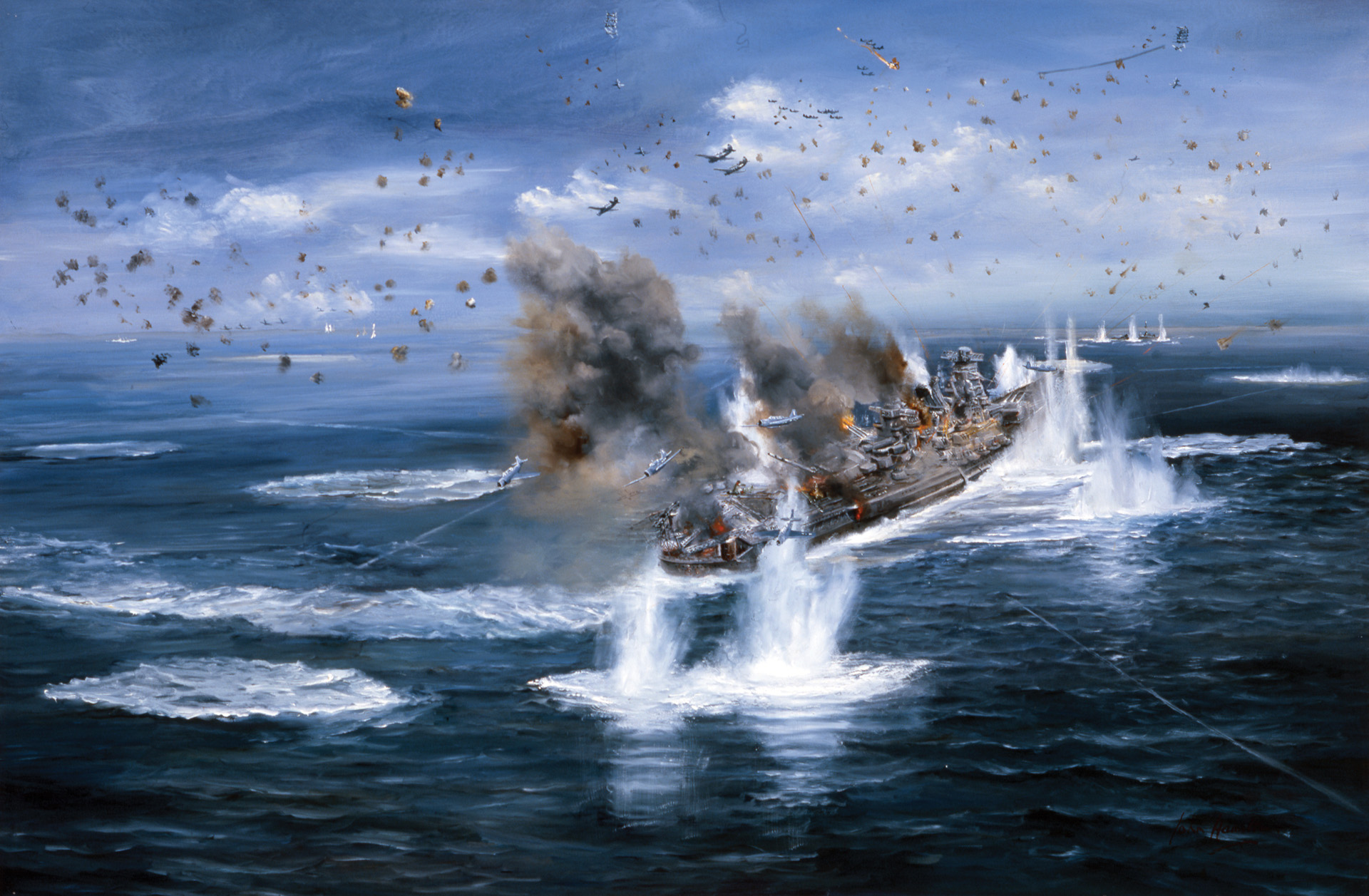
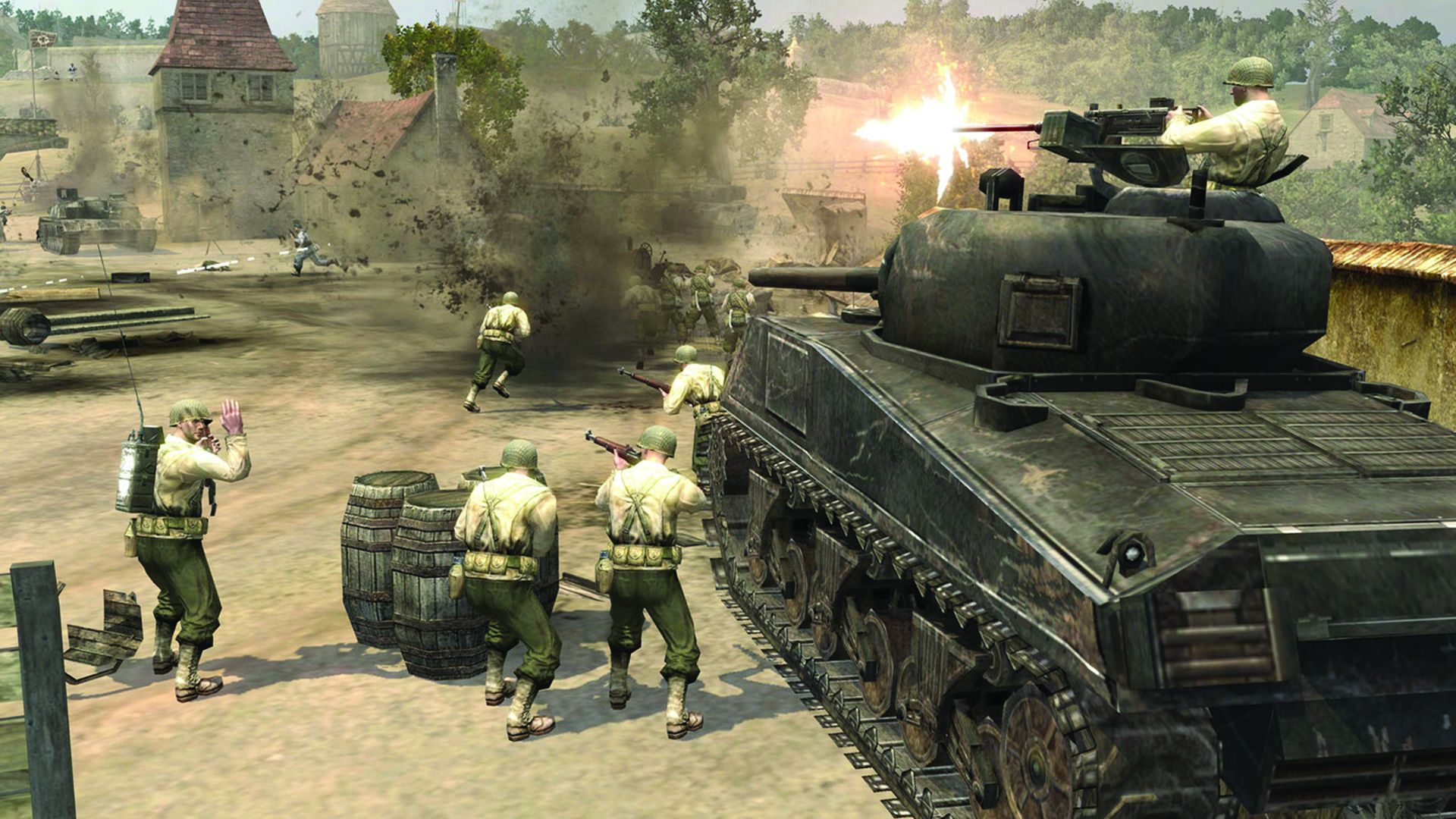
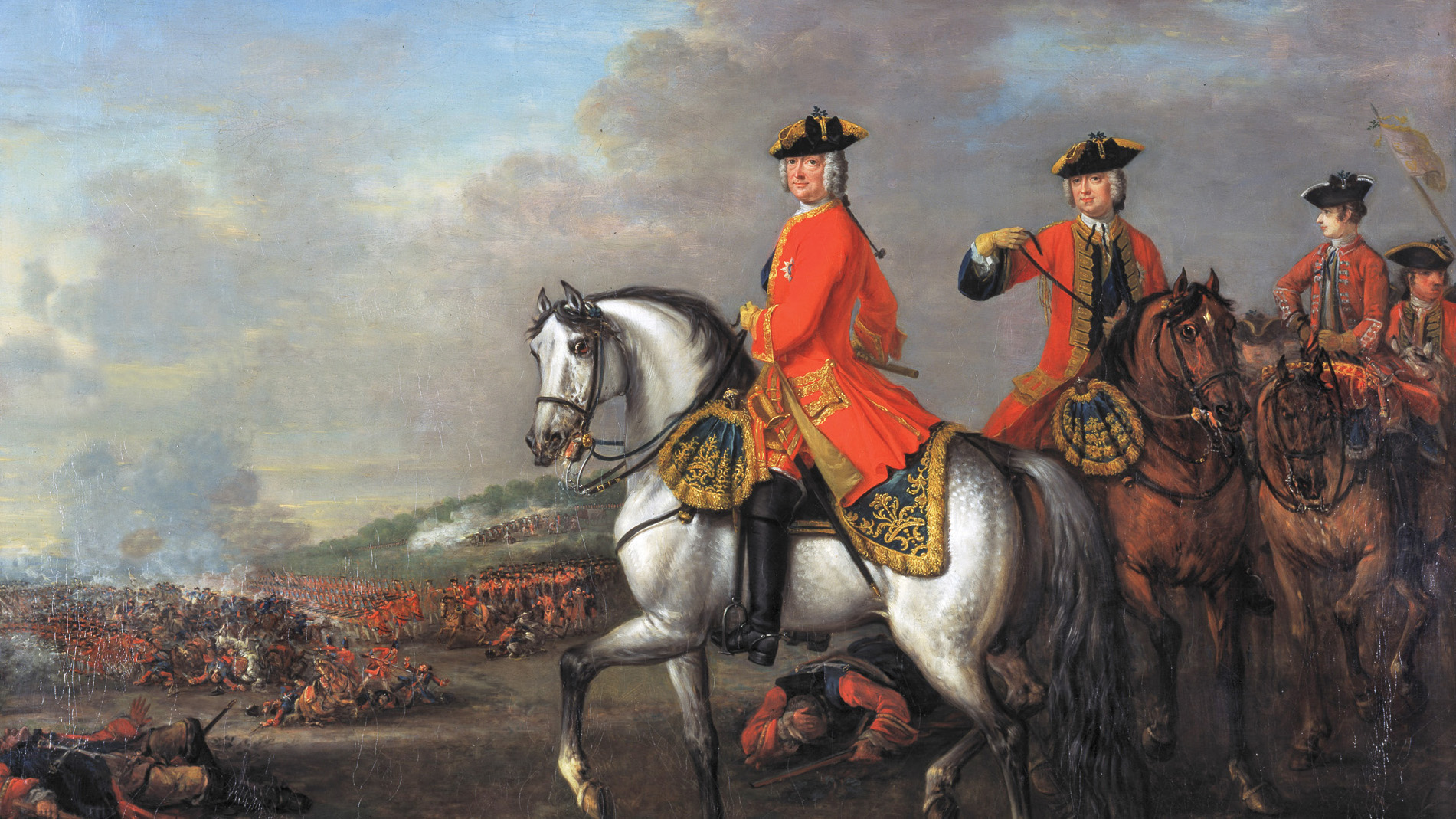
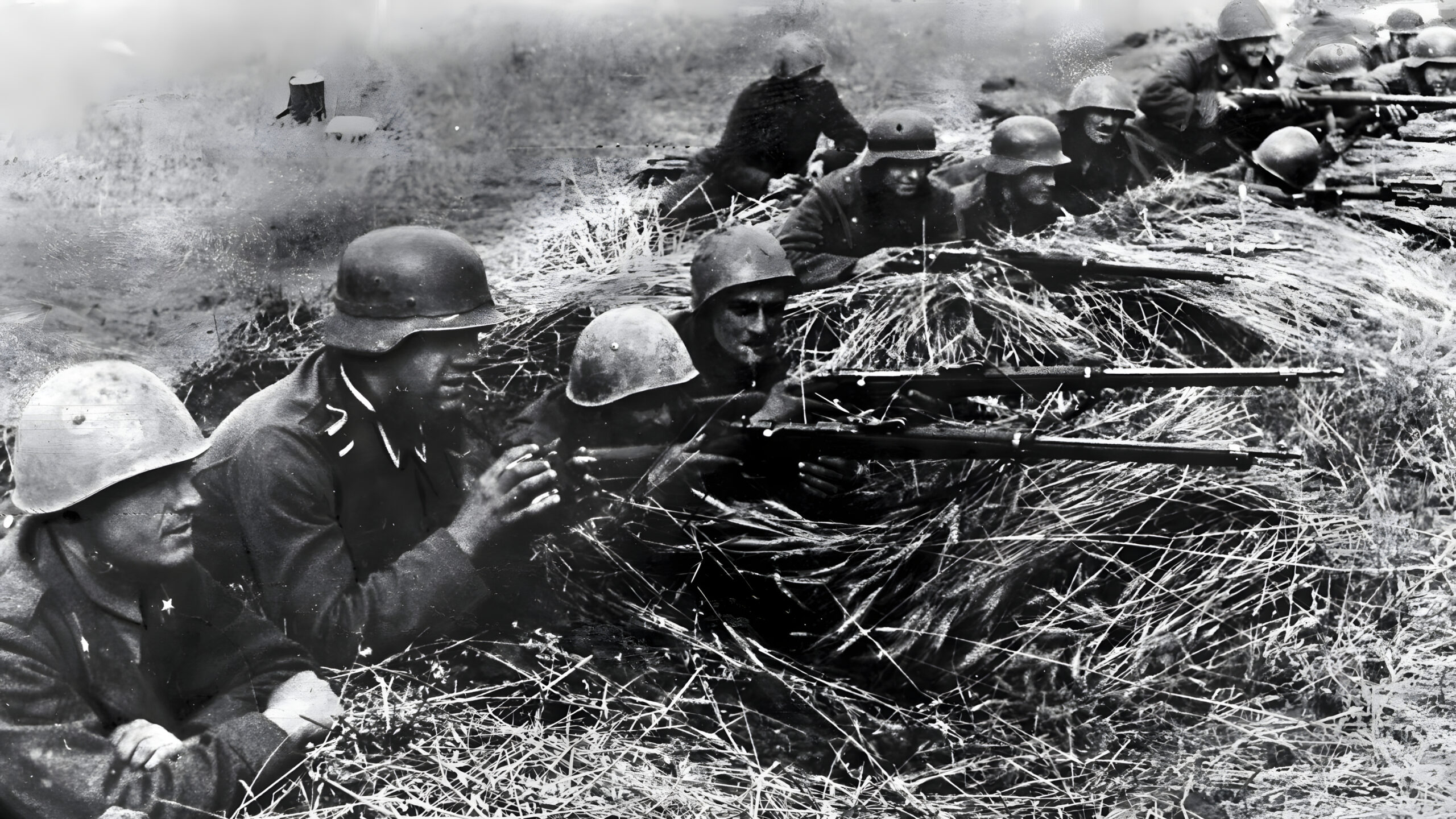
Join The Conversation
Comments
View All Comments